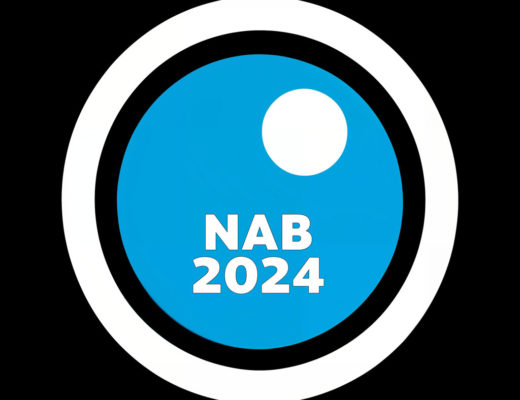CURRENT APPROACHES TOU.S.HEALTH CARE INFORMATION TECHNOLOGY ARE INSUFFICIENT
WASHINGTON— Current efforts aimed at the nationwide deployment of health care information technology (IT) will not be sufficient to achieve medical leaders’ vision of health care in the 21st century and may even set back the cause, says a new report from the National Research Council. The report, based partially on site visits to eight U.S. medical centers considered leaders in the field of health care IT, concludes that greater emphasis should be placed on information technology that provides health care workers and patients with cognitive support, such as assistance in decision-making and problem-solving.
In 2001, theInstituteofMedicine– which with the Research Council, National Academy of Sciences, and National Academy of Engineering make up the National Academies — laid out a vision of 21st century health care that involves care which is safe, effective, patient-centered, timely, efficient, and equitable. Many aspects of this vision involve information technology, such as having access to comprehensive data on patients, tools to integrate evidence into practice, and the ability to highlight problems as they arise. To see how leaders in U.S. health care use computing and information management in providing care, the committee that wrote the new report visited eight medical centers — University of Pittsburgh Medical Center; Veterans Affairs Medical Center in Washington, D.C.; HCA TriStar and the Vanderbilt University Medical Center, both in Nashville, Tenn.; Partners HealthCare System in Boston; Intermountain Healthcare in Salt Lake City; University of California-San Francisco Medical Center; and Palo Alto Medical Foundation in California.
Although the institutions showed a strong commitment to delivering quality health care, the IT systems seen by the committee fall short of what will be needed to realize IOM’s vision. The report describes difficulties with data sharing and integration, deployment of new IT capabilities, and large-scale data management. Most importantly, current health care IT systems offer little cognitive support; clinicians spend a great deal of time sifting through large amounts of raw data (such as lab and other test results) and integrating it with their medical knowledge to form a whole picture of the patient. Many care providers told the committee that data entered into their IT systems was used mainly to comply with regulations or to defend against lawsuits, rather than to improve care. As a result, valuable time and energy is spent managing data as opposed to understanding the patient.
Ideally, IT systems would place raw data into context with current medical knowledge to provide clinicians with computer models, “virtual patients,” that depict the health status of the patient, including information on how different organ systems are interacting, epidemiological insight into the local prevalence of disease, and potential patient-specific treatment regimens. Although health care workers could still have access to the raw data if they needed it, clinicians would be able to work with models without drowning in data. This cognitive support would help clinicians more efficiently and effectively determine a course of action through improved understanding of a patient’s status, says the report.
The report identifies several principles for improving health care IT. In the short term, government, health care providers, and health care IT vendors should embrace measurable improvements in quality of care as the driving rationale for adopting health care IT, and should avoid programs that focus on adoption of specific clinical applications. In the long term, success will depend upon accelerating interdisciplinary research in biomedical informatics, computer science, social science, and health care engineering.
This report was sponsored by the U.S. National Library of Medicine, National Institutes of Health, U.S. National Science Foundation, Partners HealthCare System,VanderbiltUniversityMedicalCenter, the Commonwealth Fund, and the Robert Wood Johnson Foundation. The National Academy of Sciences, National Academy of Engineering,InstituteofMedicine, and National Research Council are private, nonprofit institutions that provide science, technology, and health policy advice under a congressional charter. The Research Council is the principal operating agency of the National Academy of Sciences and the National Academy of Engineering. A committee roster follows.
Copies ofCOMPUTATIONAL TECHNOLOGY FOR EFFECTIVE HEALTH CARE: IMMEDIATE STEPS AND STRATEGIC DIRECTIONSare available from the National Academies
Sourcehttp://www8.nationalacademies.org
Related articles by Zemanta

Filmtools
Filmmakers go-to destination for pre-production, production & post production equipment!
Shop Now
![cognitive support 3 Reblog this post [with Zemanta]](http://img.zemanta.com/reblog_e.png?x-id=d36ea572-ea98-4177-a348-473af5376178)












